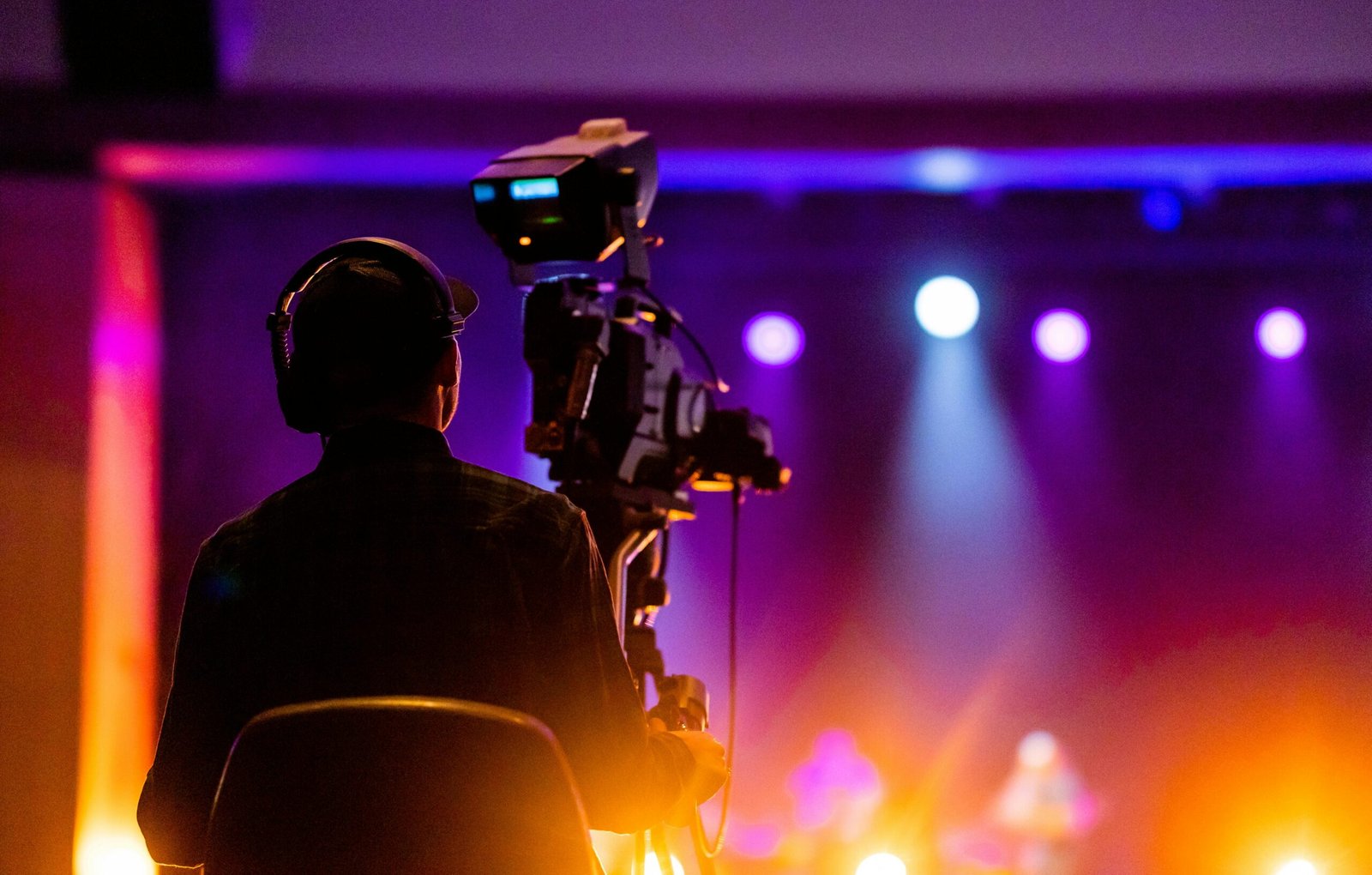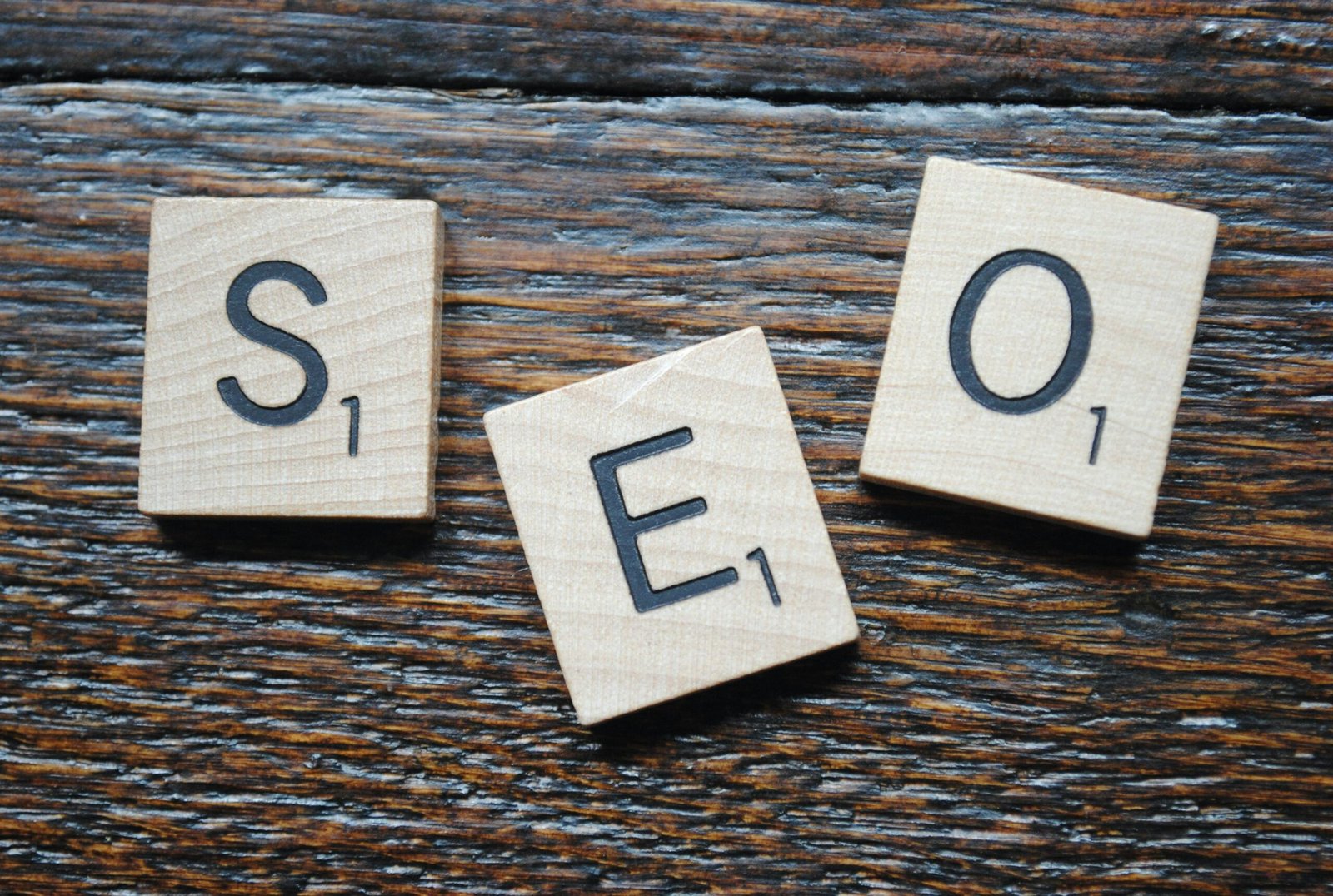The Ultimate Guide to Corporate Videography: Boosting Your Business with Professional Videos Corporate videography is…
Things You Should Focus on in Event Videography
Event videography is the art of capturing and producing videos of events ranging from corporate conferences to lively concerts. It is essential for preserving memories, promoting future events, and engaging audiences. This guide will delve into every aspect of event videography, offering insights and tips for both beginners and seasoned professionals.
Planning Event Videography
Pre-Event Meetings
Successful event videography starts with thorough planning. Engage in pre-event meetings with your client to understand their vision, expectations, and any specific moments they want to be captured. This initial communication is crucial for aligning your efforts with their goals.
Understanding Client Expectations
Clients often have specific requirements for the final video. Some may want a documentary-style approach, while others prefer a highlight reel. Clarify these expectations early to ensure satisfaction with the final product.
Scouting the Venue
Visit the venue before the event to understand the layout, lighting conditions, and potential challenges. This preparation helps in planning camera placements, lighting setups, and audio equipment.
Essential Gear for Event Videography
Cameras

High-quality cameras are the backbone of event videography. DSLRs, mirrorless cameras, and camcorders are popular choices, each offering unique benefits depending on the event type.
Lenses
Versatile lenses are essential for capturing various shots, from wide-angle crowd views to close-up speaker shots. Prime lenses offer excellent image quality, while zoom lenses provide flexibility.
Tripods and Stabilizers
Stable footage is crucial. Tripods are great for static shots, while gimbals and stabilizers are perfect for dynamic, moving shots.
Audio Equipment
Clear audio is just as important as clear video. Use external microphones, such as lavaliers and shotgun mics, to capture high-quality sound.
Lighting
Proper lighting can make or break your footage. Portable LED lights, diffusers, and reflectors help manage different lighting conditions and enhance video quality.
Capturing Conferences
Keynote Speakers
Keynote speakers are often the highlight of conferences. Position your cameras to capture their expressions and body language clearly, ensuring the audience can see and hear them perfectly.
Panel Discussions
Panel discussions require multiple camera angles to capture each speaker and their interactions. Use a mix of wide shots and close-ups to create a dynamic viewing experience.
Audience Engagement
Capture audience reactions and interactions to add depth to your conference videos. These shots make the video more engaging and provide valuable feedback for the organizers.
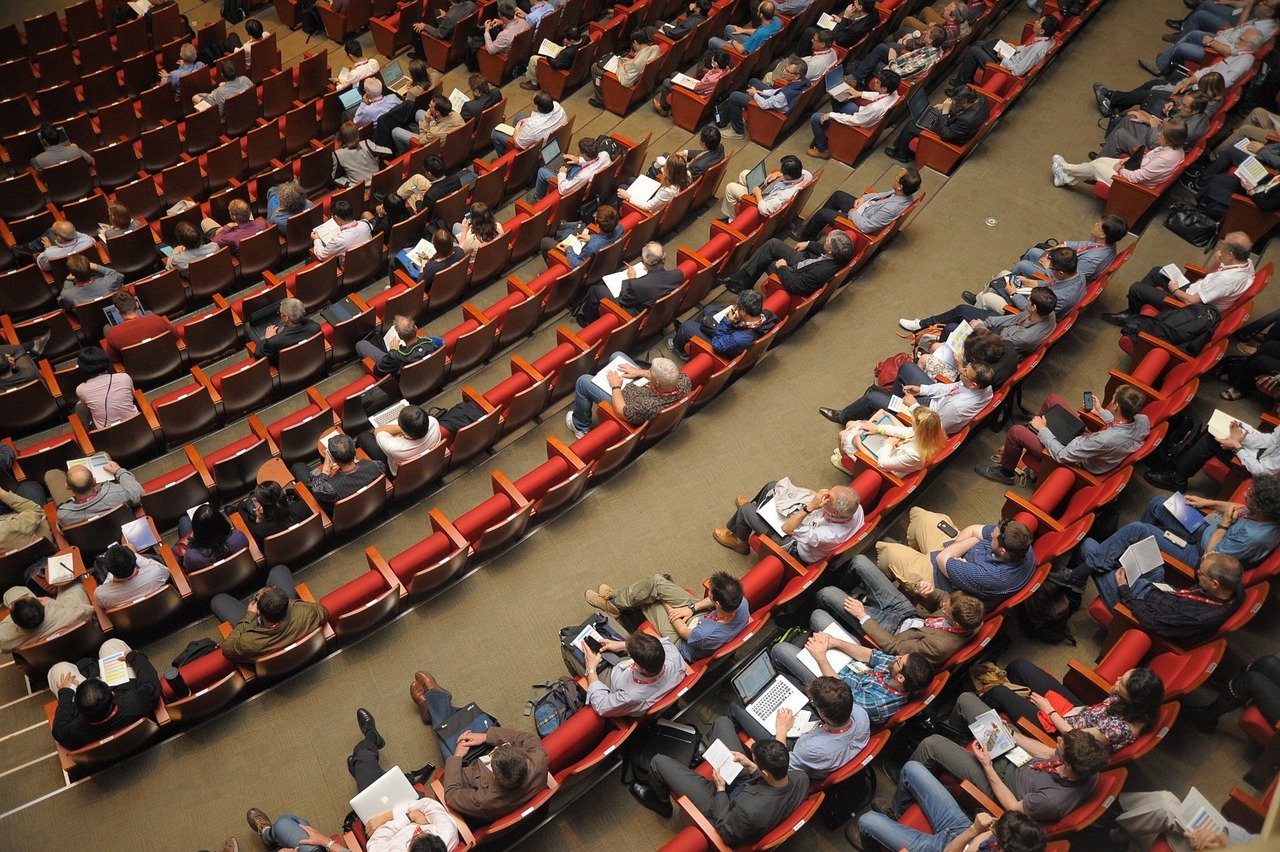
Concert Videography
Dynamic Shots
Concerts are high-energy events that demand dynamic videography. Use handheld cameras or stabilizers to move with the music and capture the energy of the performance.
Sound Quality
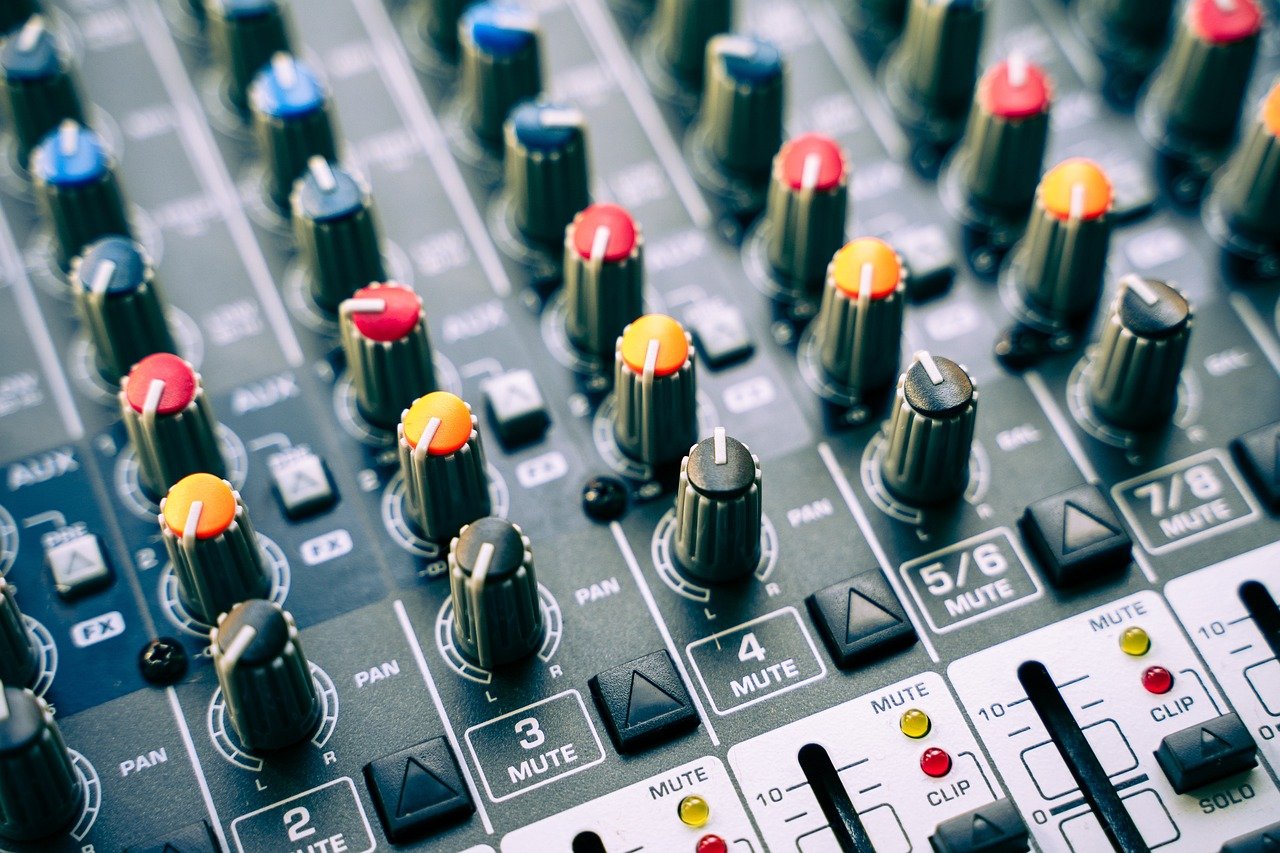
Capturing high-quality sound at a concert can be challenging. Use a mix of direct feed from the soundboard and ambient mics to get a balanced audio track.
Artist Close-Ups
Close-up shots of artists add a personal touch to concert videos. Capture their expressions, instrument playing, and interactions with the audience.
Festival Videography
Crowd Shots
Festivals are all about the crowd. Capture wide shots to show the scale of the event and close-ups to highlight individual reactions and interactions.
Performances
Focus on the performances, whether they are musical acts, dance performances, or other entertainment. Use multiple cameras to get different angles and perspectives.
Behind-the-Scenes
Behind-the-scenes footage adds an exclusive feel to your festival video. Capture the preparation, setup, and candid moments to provide a full event experience.
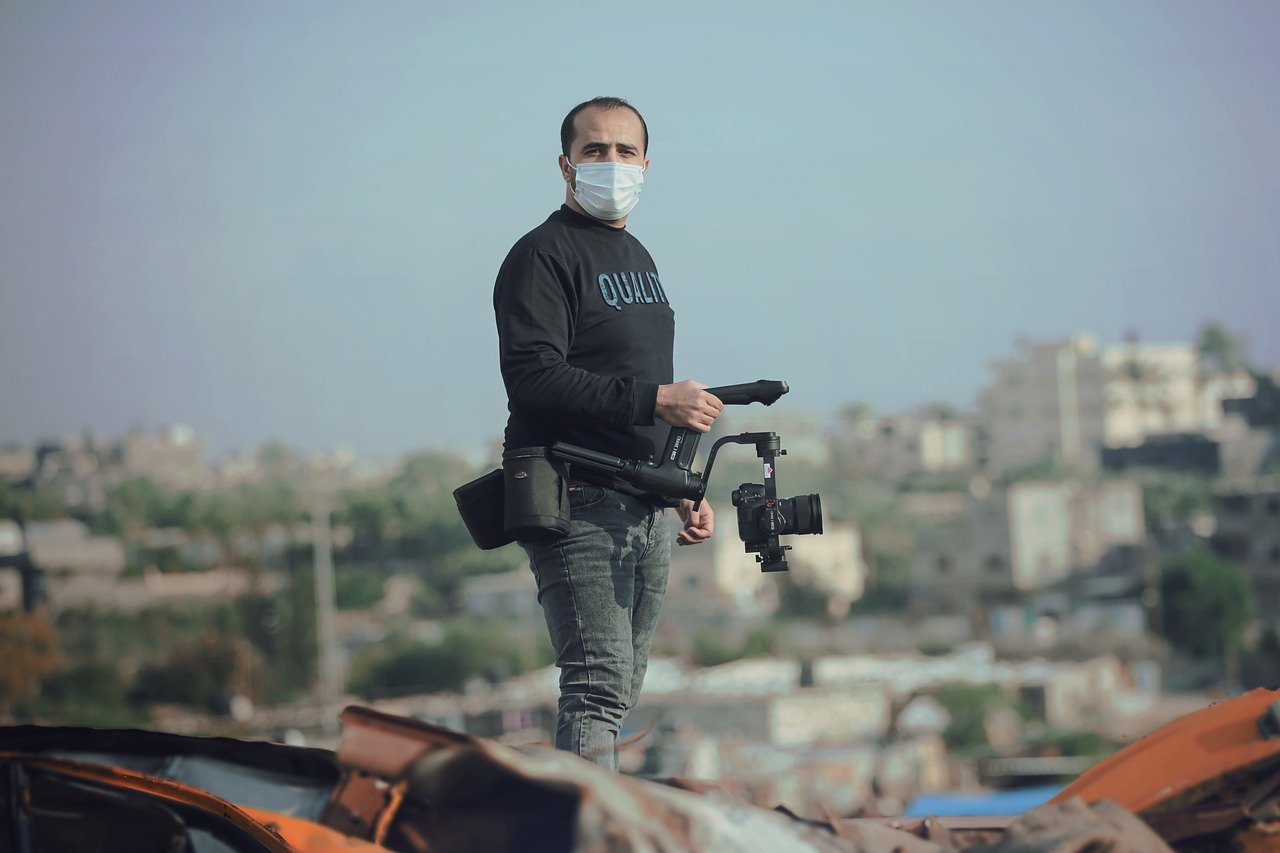
Sporting Event Videography
Action Shots
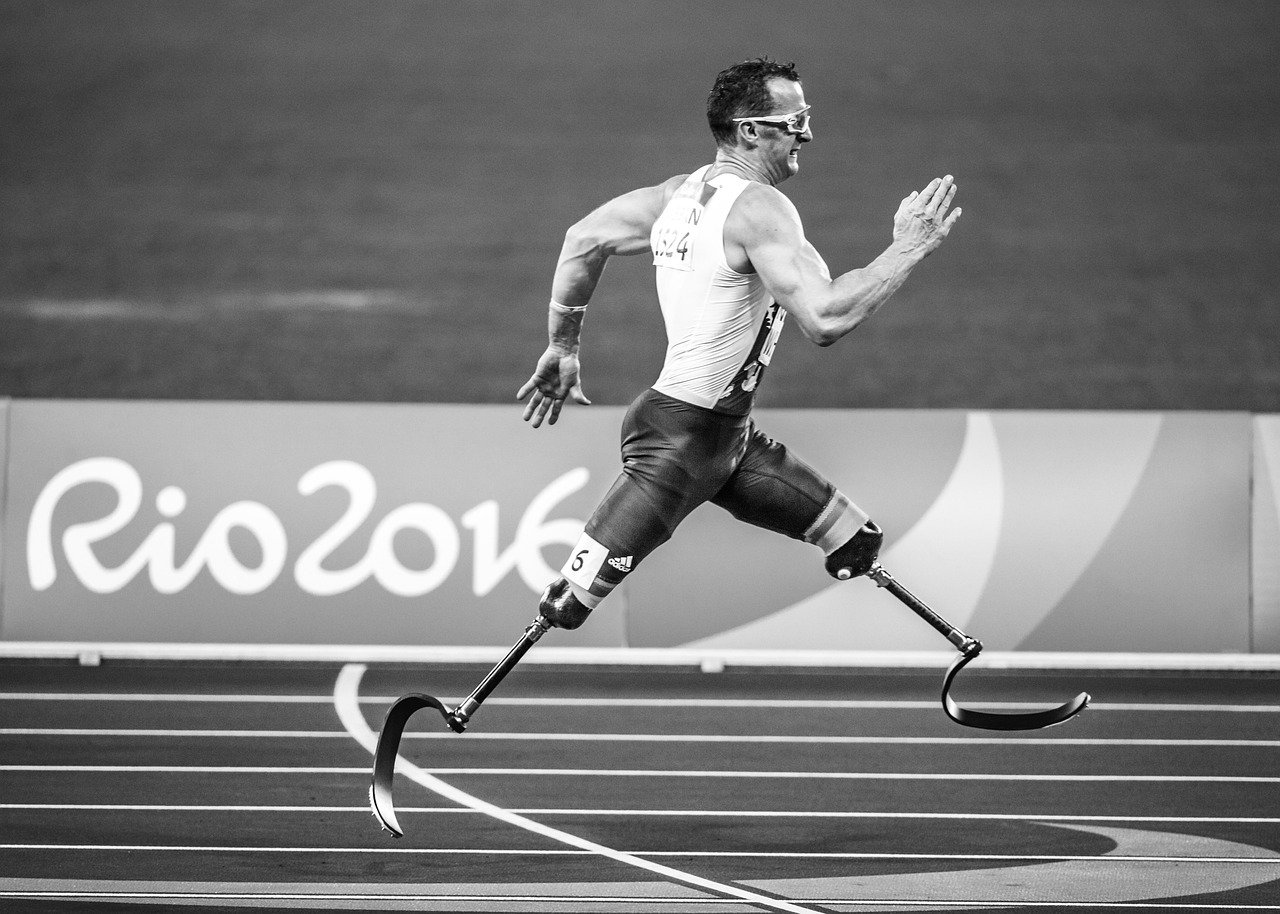
Sporting events are fast-paced and require quick reflexes to capture the action. Use high frame rates to record smooth slow-motion footage of key moments.
Player Highlights
Focus on individual players to create highlight reels. Capture their best moments, interactions with teammates, and reactions to game events.
Crowd Reactions
Crowd reactions are integral to the atmosphere of sporting events. Capture these moments to enhance the excitement and emotional impact of your video.
Trade Show Coverage
Booths and Exhibits
Trade shows are all about showcasing products and services. Capture detailed shots of booths, exhibits, and product demonstrations to highlight what’s on offer.
Product Demonstrations
Focus on product demonstrations, showing how products work and their unique features. These shots are valuable for promotional materials and post-event marketing.
Networking Moments
Trade shows are also about networking. Capture candid interactions between attendees, which can be used to promote the event’s success and future editions.

Charity Event Videography
Key Moments
Charity events often have emotional key moments, such as speeches, presentations, and donations. Capture these moments to convey the event’s impact and purpose.
Interviews with Organizers
Interviews with organizers and key participants add depth to charity event videos. They provide insight into the event’s goals and successes.
Highlighting the Cause
Focus on the cause behind the charity event. Use interviews, speeches, and b-roll footage to tell a compelling story that resonates with viewers.
Award Ceremony Videography
Winner Announcements
Capturing the moment winners are announced is crucial. Use close-ups and wide shots to show the winners’ reactions and audience applause.
Acceptance Speeches
Acceptance speeches are key highlights of award ceremonies. Ensure your audio equipment captures clear sound, and use multiple angles to keep the video engaging.
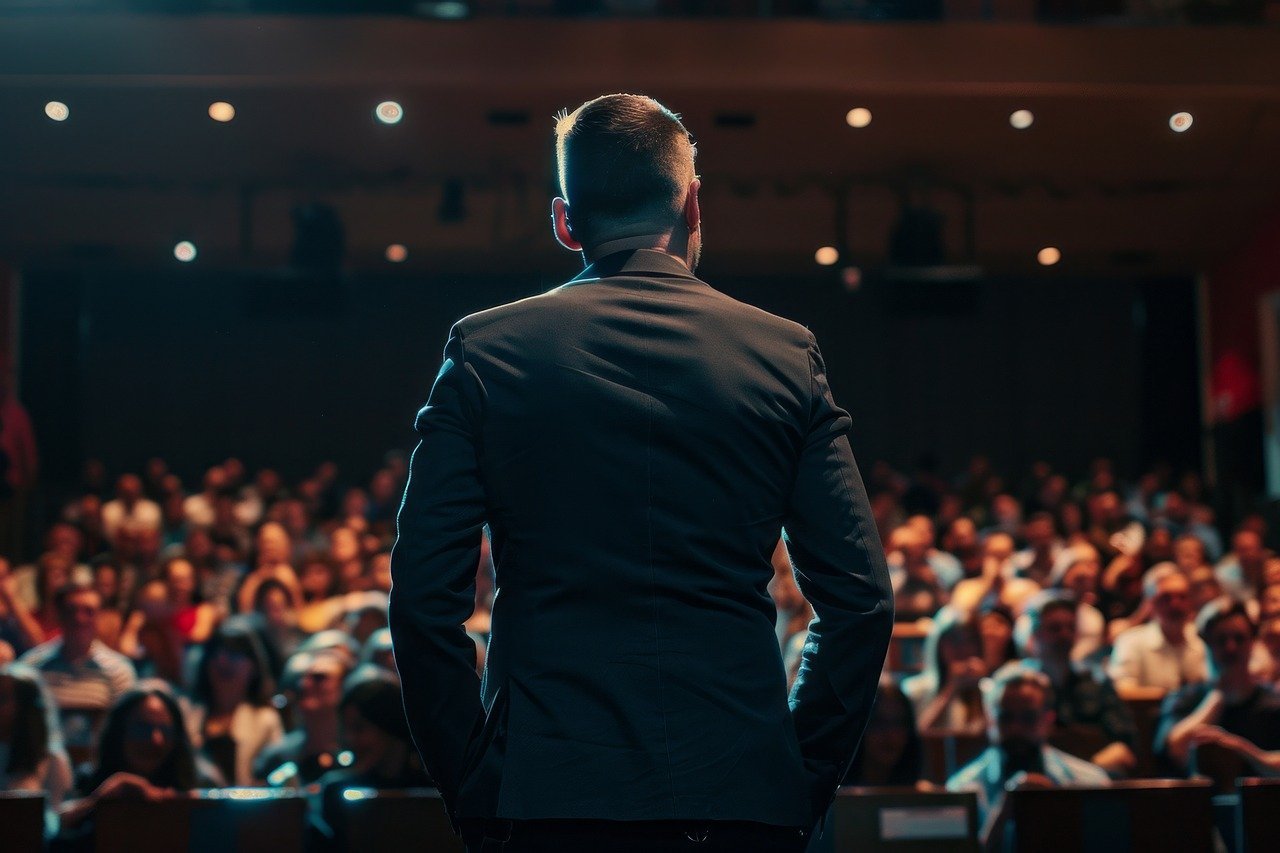
Audience Reactions
Audience reactions add a layer of engagement to award ceremony videos. Capture their applause, standing ovations, and other interactions.
Networking Event Videography
Interaction Highlights
Networking events are about connections. Capture interactions between attendees, focusing on meaningful conversations and engagements.
Key Participants
Identify and focus on key participants, such as industry leaders or guest speakers. Their presence adds value and credibility to the event video.
Ambiance
Capture the ambiance of the event, including the venue, decor, and overall atmosphere. These shots help convey the event’s mood and setting.
Religious Event Videography
Ceremonial Details
Religious events have unique ceremonial details that are important to capture. Focus on rituals, symbols, and participants to convey the event’s significance.
Participant Reactions
Participant reactions are vital in religious event videos. Capture moments of reflection, joy, and other emotions to add depth to the video.
Key Rituals
Key rituals are the heart of religious events. Ensure you capture these moments clearly and respectfully, as they are often the highlights of the event.
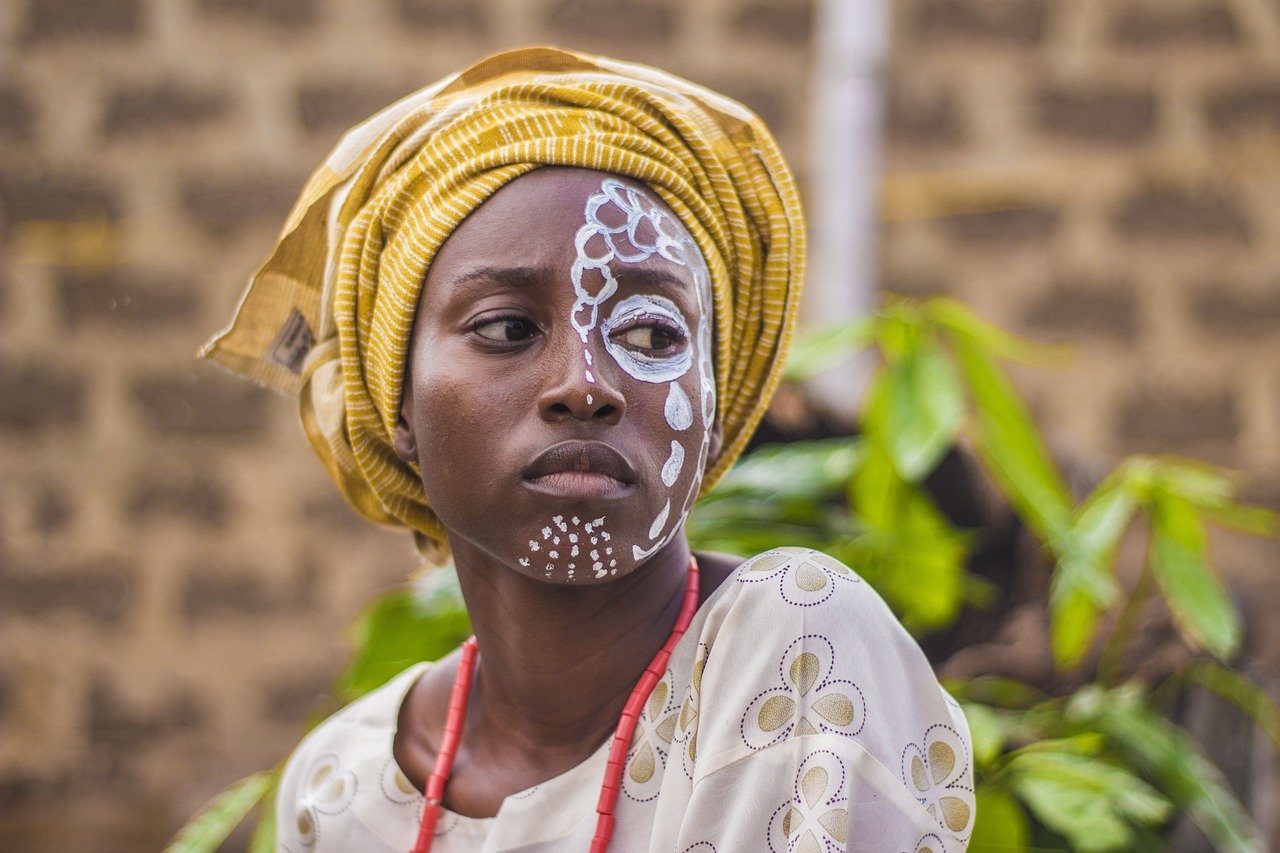
Capturing Keynote Speakers
Importance of Clarity
Keynote speeches need to be clear and engaging. Position your camera to capture the speaker’s face and expressions, ensuring the audience can connect with them.
Speaker’s Expressions
Expressions convey a lot of information. Capture the speaker’s facial expressions and body language to add depth to your video.
Audience Engagement
Show the audience’s engagement with the speaker. This includes reactions, applause, and any interactions that occur during the speech.
Multi-Camera Event Shoots
Synchronizing Cameras
Multi-camera shoots provide comprehensive coverage. Synchronize your cameras to ensure smooth editing and consistent footage.
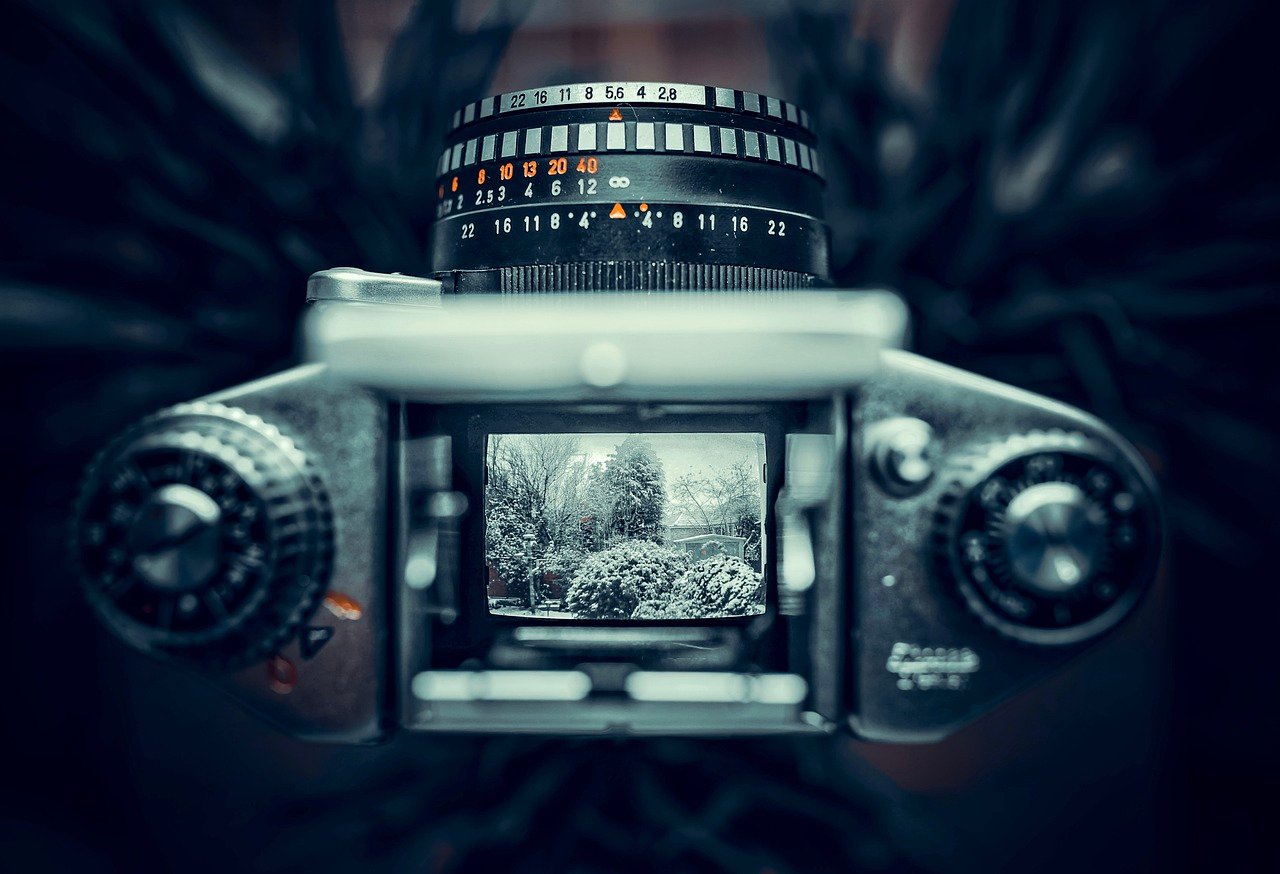
Coverage Angles
Use different angles to cover the event thoroughly. This includes wide shots, close-ups, and medium shots to create a dynamic video.
Editing Techniques
Editing multi-camera footage requires skill. Use techniques like cutting on action and matching shots to create a seamless final product.
Live Streaming Events
Technical Requirements
Live streaming requires robust technical setups. Ensure you have reliable internet, adequate cameras, and streaming software to broadcast the event smoothly.
Audience Interaction
Engage with the live-stream audience through real-time comments and interactions. This makes the event more interactive and enjoyable.
Real-Time Adjustments
Be prepared to make real-time adjustments. Live events are unpredictable, so flexibility and quick thinking are essential.
Post-Event Highlight Reels
Selecting Key Moments
Highlight reels should feature the best moments of the event. Review your footage and select clips that capture the essence of the event.
Editing Techniques
Editing highlight reels involves creating a cohesive story. Use transitions, music, and effects to enhance the visual and emotional impact.

Adding Music and Effects
Music and effects can elevate your highlight reel. Choose background music that matches the event’s mood and add effects to emphasize key moments.
Interviews at Events
Preparing Questions
Prepare thoughtful questions for interviews. Focus on open-ended questions that elicit detailed responses and insights.
Capturing Authentic Reactions
Authenticity is key in interviews. Capture natural reactions and candid moments to add credibility and relatability to your video.
Integrating into the Final Video
Integrate interviews seamlessly into your event video. Use them to provide context, share stories, and add depth to the coverage.
Crowd Shots
Capturing Energy
Crowd shots convey the event’s energy and atmosphere. Use wide shots to capture the scale and close-ups to show individual reactions.

Various Angles
Shoot from different angles to add variety. High angles can show the entire crowd, while low angles can capture the excitement from within.
Ethical Considerations
Always consider the ethics of crowd shots. Avoid capturing individuals without consent, especially in sensitive or private settings.
Lighting for Event Videography
Adapting to Venue Lighting
Each venue has unique lighting conditions. Adapt your lighting setup to complement the existing lighting and ensure clear, well-lit footage.
Supplementary Lighting
Bring supplementary lighting equipment for darker venues. Portable LEDs, softboxes, and reflectors can enhance your footage quality.
Creative Lighting Techniques
Experiment with creative lighting techniques. Use backlighting, silhouettes, and colored lights to add visual interest and mood to your video.
Audio Challenges at Events
Managing Background Noise
Background noise is a common issue at events. Use directional microphones and noise reduction techniques to minimize unwanted sounds.
Using Multiple Microphones
Multiple microphones ensure comprehensive audio coverage. Use lavalier mics for speakers and ambient mics for capturing audience reactions.
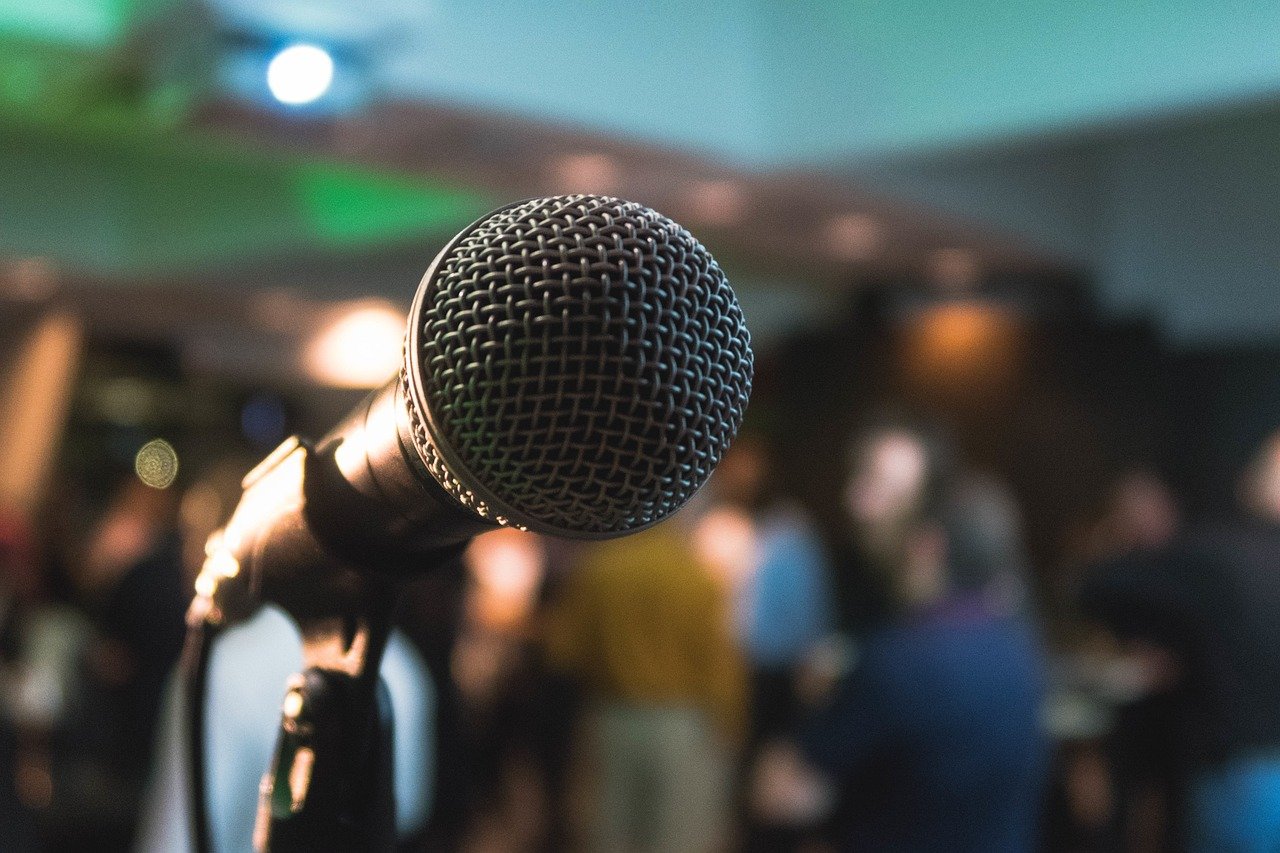
Post-Production Audio Fixes
Fix audio issues in post-production. Use software to clean up background noise, balance levels, and enhance clarity.
Editing Event Footage
Organizing Clips
Organize your footage before editing. Label and sort clips to streamline the editing process and ensure nothing important is overlooked.
Color Correction
Color correction enhances the visual quality of your video. Adjust colors to match the mood and ensure consistency across all shots.

Finalizing the Video
Finalize your video by adding finishing touches. This includes transitions, titles, and credits to create a polished, professional product.
Conclusion
Event videography is a complex but rewarding field. By focusing on planning, using the right gear, and mastering various techniques, you can create captivating videos that capture the essence of any event. Professional event videography not only preserves memories but also serves as valuable promotional material for future events.
FAQs
What is the most important gear for event videography?
The most important gear includes a high-quality camera, versatile lenses, reliable audio equipment, and proper lighting. Each piece plays a crucial role in capturing high-quality footage.
How do you handle low-light situations?
Handling low-light situations involves using high ISO settings, fast lenses (with wide apertures), and supplementary lighting equipment like LED lights or softboxes.
What are the key challenges in live streaming events?
Key challenges in live streaming include ensuring a stable internet connection, managing technical issues in real-time, and engaging with the live audience effectively.
How do you ensure good audio quality at events?
Ensuring good audio quality involves using external microphones, managing background noise, and performing post-production audio enhancements to improve clarity.
What should be included in a highlight reel?
A highlight reel should include key moments, dynamic shots, audience reactions, and a cohesive narrative that reflects the essence of the event. Adding music and effects can enhance the impact.

